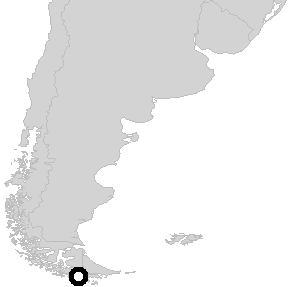
| www.CuriousTaxonomy.net |
|
The Flood in World Myth and Folklore
Far South |
| © 2021 Mark Isaak |

Léxuwakipa, the rusty brown spectacled ibis, felt offended by the people, so she let it snow so much that ice came to cover the entire earth. This happened at the time of Yáiaasága, when men seized power from the women. When the ice melted, it rapidly flooded all the earth. People hurried to their canoes, but many did not make it, and more perished when they could not find sheltered places. Some people reached the five mountaintops which stayed above the flood. These mountains were Usláka, Wémarwaia, Auwáratuléra, Welalánux, and Piatuléra. The water stayed at its high mark for two days and then rapidly lowered. Signs of the floodwaters still show up on those mountains. The few families which survived rebuilt their huts on the shore. Men have ruled women since then.
Johannes Wilbert (ed.), Folk Literature of the Yamana Indians (Berkeley: University of California Press, 1977), 27-28.

At the time of the great revolution in Yáiaasága, Hánuxa, the moon-woman, caused a great flood. Hánuxa was full of hatred against the people, especially against the men who had seized the women's kina. All the people drowned except for a few who were able to reach the five mountaintops which remained above the water. As soon as the flood subsided, the survivors came down to the shores of our channels, and our country became populated again.
Johannes Wilbert (ed.), Folk Literature of the Yamana Indians (Berkeley: University of California Press, 1977), 29.

The sun was sunk in the sea, the water rose tumultuously, and all the earth was submerged except a single very high mountain, on which a few people found refuge.
T[homas] Bridges, "Moeurs et coutumes des Fuégiens", Bulletins de la Société d'anthropologie de Paris, Troisième Série, vii. (Paris, 1884), 181; Frazer, 1919, 273.

From a tribe of Yaghans near Ushuaia. Yaghans who live west of Haberton relate the same legend with some variations.
The moon once fell into the sea, causing the water to rise so high that only the top of a mountain was visible. On it, the smartest men and animals were saved. When the moon returned to the sky, the waters fell again and those people and animals came down from the mountain. They found a dead whale in the a lagoon, from which they ate.
Antonio Coiazzi, "Los indios del Archipiélago Fueguíno", Revista Chilena de Historia y Geografía 10(14) (1914), 31.
